Table of Contents
Potatoes are one of the staple foods in the Western diet. But, the glycemic index of potatoes is considered high. This effect is attributed to their carbohydrate content in the form of starch. Thus, it raises a concern among people with diabetes do potatoes spike blood sugar? And is it okay for them to include potatoes in their diet?
In this article, we’ll provide a complete guide about potatoes’ glycemic index, the best ways to enjoy them for people with diabetes, potato varieties with low glycemic index, and much more.
Glycemic index of potatoes: All you need to know
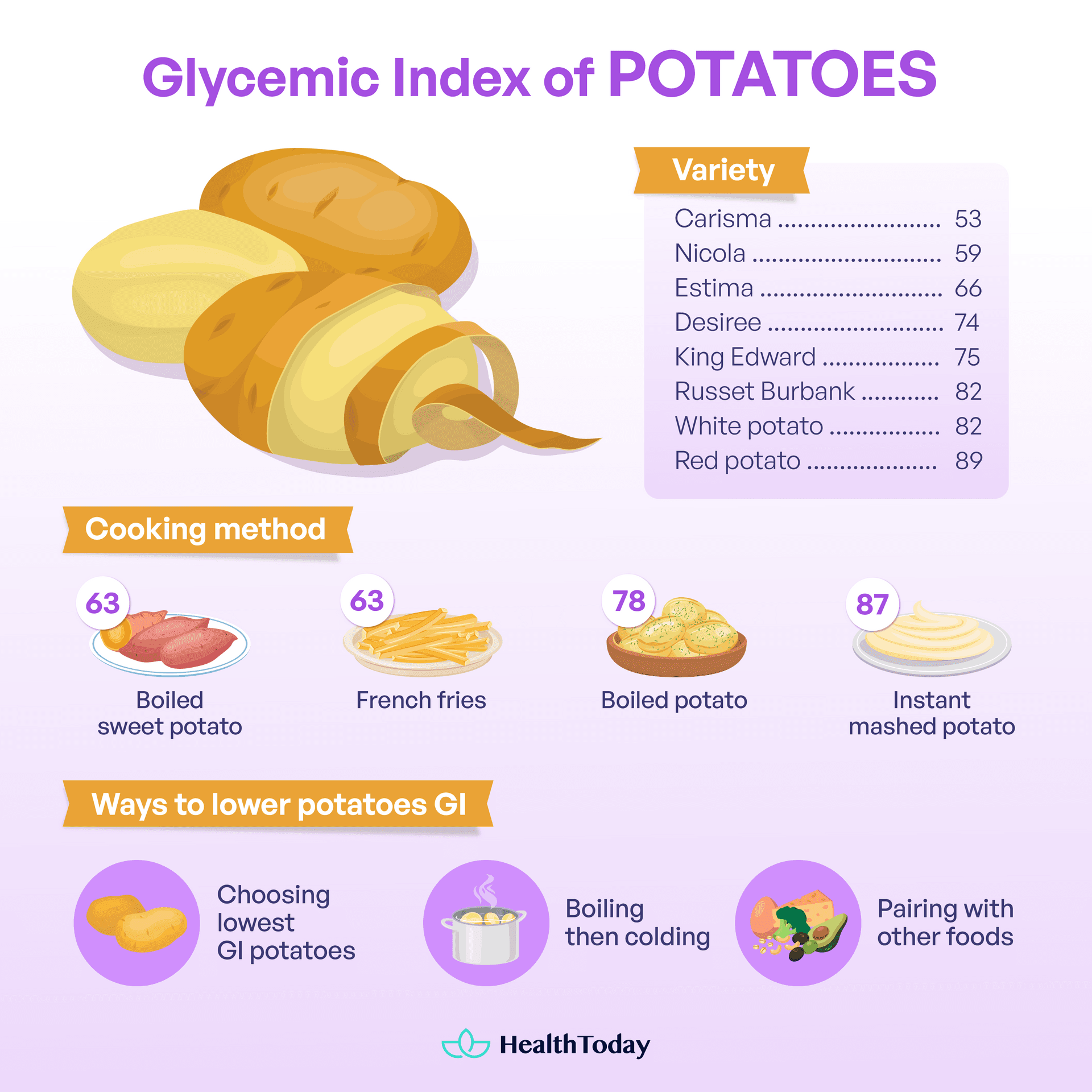
When it comes to the glycemic index (GI) of potatoes, there are a few key things worth knowing. The glycemic index measures how carbs in food affect blood sugar levels. Potatoes, a staple in many diets, have a range of GI values depending on several factors. Let’s dive in and uncover all the details of these starchy tubers!
Potato variety and glycemic index
The glycemic index of potatoes is influenced by several factors, including variety. Not all potatoes are created equal in terms of their impact on blood glucose levels. Different potato varieties have different amounts of starch that can influence their GI.
Here are the average glycemic index of different potato varieties:
- Russet Burbank: 82 (1)
- Desiree: 74 (1)
- Carisma: 53 (1)
- Nicola: 59 (2)
- Estima: 66 (2)
- King Edward: 75 (2)
- Red potato: 89 (3)
- White potato: 82 (4)
Despite being a popular variety, the russet potato glycemic index is among the highest. GI values above 70 are considered high, between 56-69 are medium, and values ≤ 55 are classified as low (5).
Cooking method and its impact
The preparation and cooking methods of potatoes are important factors that can affect their glycemic index. Some common methods used for cooking potatoes are baking, frying, boiling, and roasting (6). These cooking methods modify potato structure chemically at different levels, thus impacting the glycemic index (6).
A study shows some examples of the cooking method’s effects on GI (7):
- Boiled potato: 78
- Instant mashed potato: 87
- French fries: 63
- Boiled sweet potato: 63
However, some studies show that these GI values can be lowered by cooling the potatoes (8, 9). For example, the hot-boiled red potato glycemic index is 89.4, while the cold one is only 56.2 (8). This cooling process increases the amount of resistant starches in potatoes. The resistant starches act as fiber, which won’t be digested as sugar, and thus results in lower GI (10).
Potatoes with the lowest glycemic index
Opting for potatoes with low glycemic index can be an excellent choice to manage blood sugar levels. Varieties like Carisma, Nicola, and sweet potatoes are considered to have lower glycemic index than other varieties. Boiling and then allowing them to cool can help maintain their lower glycemic index. Pairing them with protein-rich foods, vegetables, or healthy fats can also help reduce the overall glycemic response (11).
The glycemic index of mashed potatoes
Due to the preparation method, mashed potatoes generally have a high glycemic index of around 108 (11). Mashing potatoes increases their gelatinization and surface area, which may lead to faster digestion of carbohydrates (12, 13, 14).
Adding fats or sugars to mashed potatoes can further raise the glycemic load. However, it’s worth noting that the overall glycemic impact also depends on other ingredients and portion sizes.
Do potatoes spike blood sugar? Potatoes and diabetes
Although potatoes naturally contain a minimal amount of sugar, they’re not primarily known for their sugar content. Potatoes are a source of starch, a carbohydrate that our body breaks down into sugar (15). This process will spike our blood sugar levels. Therefore, the glycemic index focuses on the rate at which the starch is converted into glucose rather than the presence of sugar itself (16).
Even though potatoes are technically low in sugar, they can have a high GI value due to the starch conversion into sugar. For the same reason, it can affect blood sugar levels and may increase the risk of type 2 diabetes.
However, it’s important to note that carbohydrate conversion happens gradually during digestion. The process is even slower when the potatoes are consumed along with other food components. As a result, glucose absorption into the blood will slow down, reducing the risk of rapid spikes in blood sugar levels for people with diabetes.
Best ways to eat potatoes for people with diabetes
Including potatoes in a diabetes-friendly diet should be done carefully to maintain stable blood sugar levels. Here are some recommended approaches to enjoying potatoes while considering their glycemic impact.
Choosing the right variety and cooking method
Opting for the low GI variety and the proper cooking process could significantly impact the glycemic index of the potatoes that we consume. Carisma and Nicola varieties are suggested as they are considered low-GI potatoes (1, 2).
Although the study results are varied, some of the recommended potato cooking methods are boiling and baking. It’s even better when served after cooling, as the resistant starch increases when cooled, which lowers the GI (8).
Mind portion sizes
Pay attention to portion control when consuming potatoes. Although baked or boiled potatoes might have a lower glycemic impact, excessive eating can still affect blood sugar levels. It’s best to monitor portion sizes and be mindful of overall carbohydrate intake. Consulting a nutritionist can provide personalized guidance on appropriate portions that align with dietary needs.
Pair with balanced components
To further minimize the impact of potatoes on blood glucose levels, try to include other foods to create a balanced meal. Pairing potatoes with protein-rich foods, vegetables, and healthy fats can help slow digestion down; thus, it may reduce the overall glycemic response (17, 18).
How do you reduce the GI of a potato?
You can reduce potato glycemic index (GI) by selecting naturally low GI potatoes like Nicola. For the cooking method, boiling or baking is the better option, and let it cool before consuming. Besides, it’s also important to pair potatoes with other foods such as high fat or protein.
Are Yukon Gold potatoes low glycemic?
No, Yukon Gold potatoes, similar to Russet Burbank potatoes, are rated high on the glycemic index. Their glycemic index value is around 81.
Do baby potatoes have lower GI?
Yes, baby potatoes, especially the waxy ones, generally have a lower glycemic index (GI) than larger potatoes. They contain less starch as compared to mature potatoes. As a result, they can be digested more slowly, leading to lower glycemic response.
What is the boiled potato glycemic index?
The GI value of boiled potatoes ranges from around 56 to 82, depending on the variety and cooking time. It’s often considered to have a moderate to high glycemic index.
Summary
Potatoes can spike blood sugar levels due to their starch content. Factors like cooking methods, potato variety, and portion size can affect the extent of the spike. Being a staple in many diets, understanding potatoes’ glycemic index can help manage blood sugar levels. To lower the overall glycemic response, it’s advisable to choose low-GI potatoes, boiling and baking as cooking methods, pair them with other foods, and practice portion control.






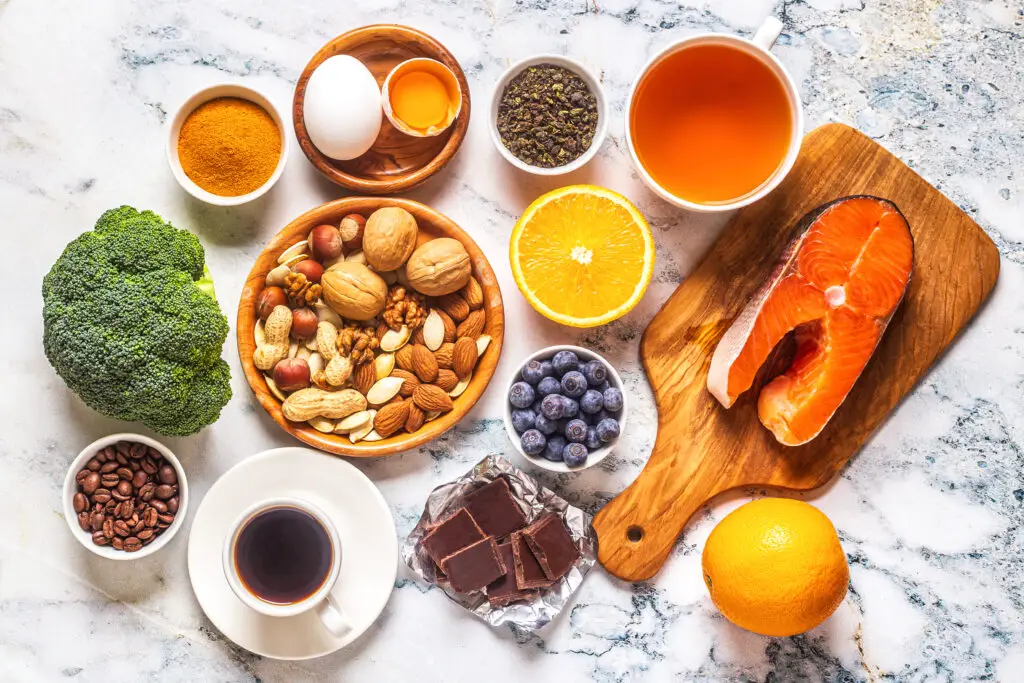

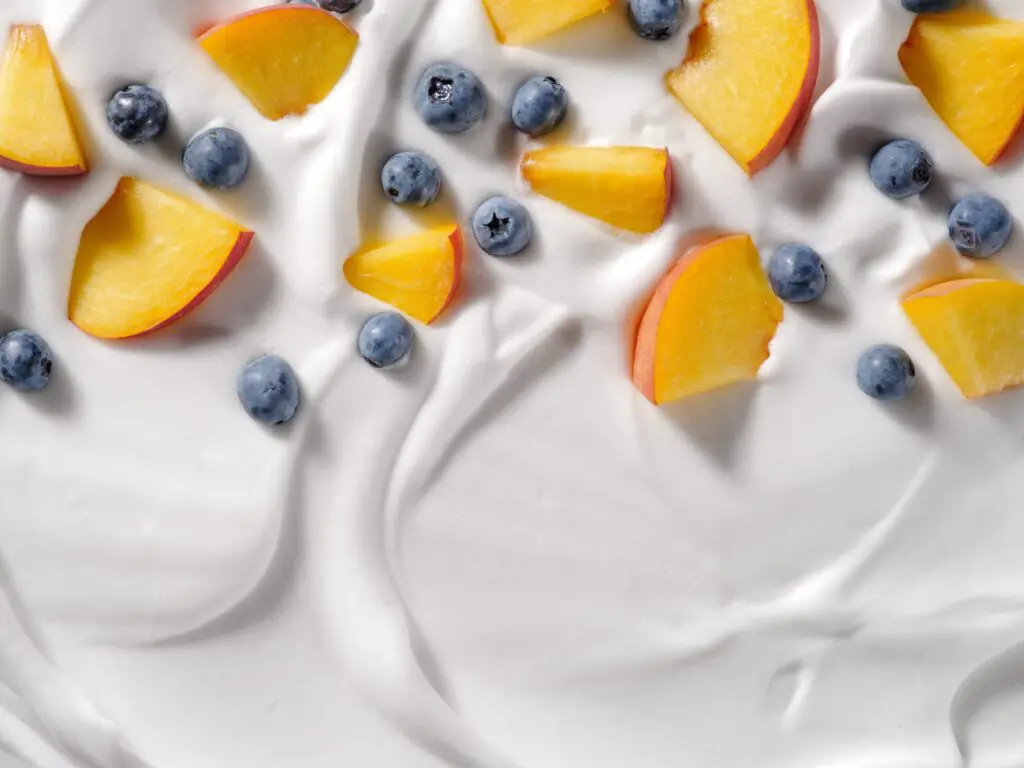
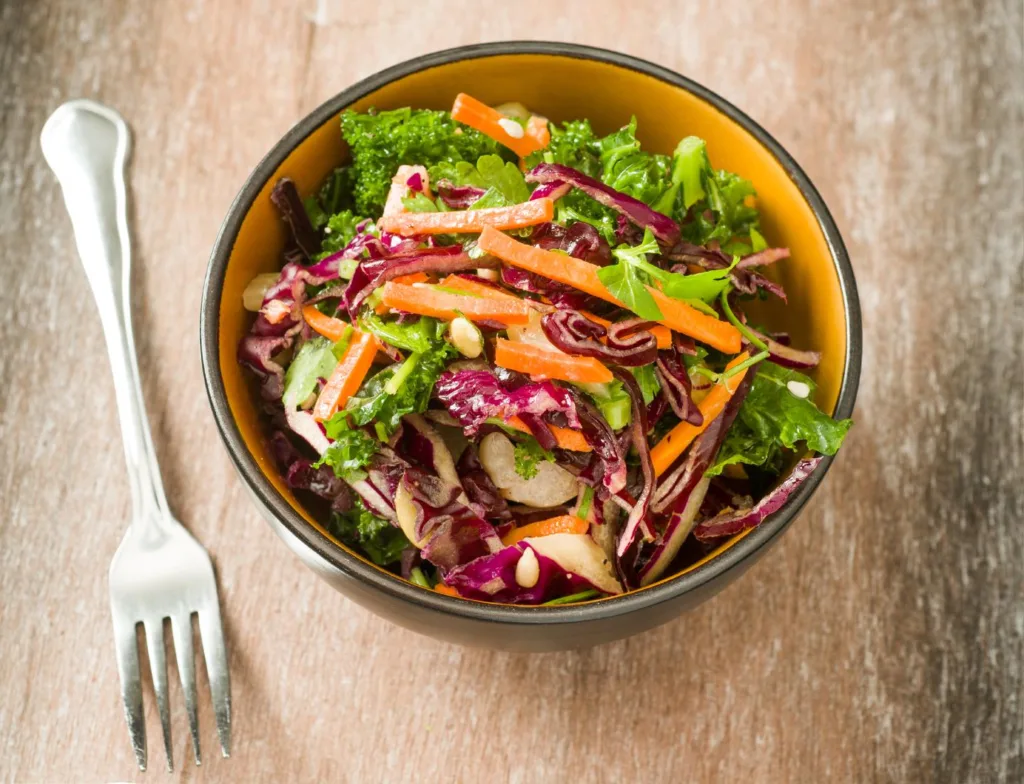

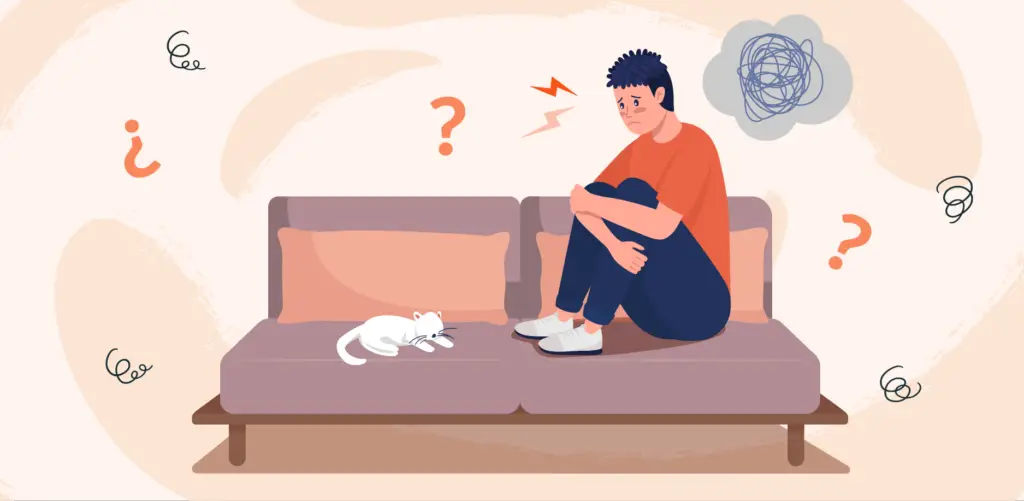




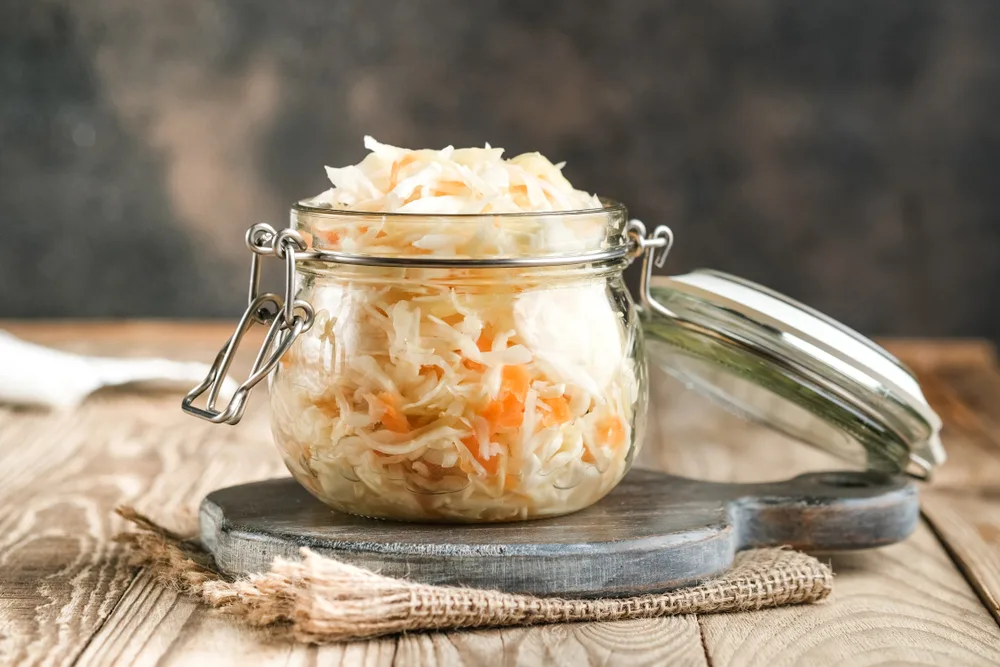
Comments
0